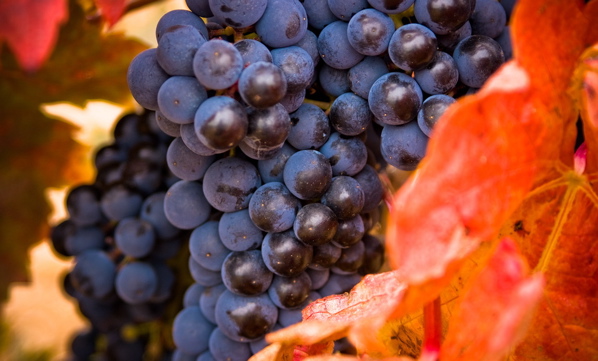There’s a war raging over Rioja, a wine, usually red, named for a region in northeastern Spain. Historically admired for its subtle, oak-aged wonders, Rioja is at the centre of a worldwide conflict over just wine should taste.
Jonathan Nossiter underlined Rioja’s troubles in his 2007 book, Taste and Power. In the book, so far only available in French, Nossiter accuses Spain’s winemakers (specifically those of Rioja) of submitting to globalization — and thus, to the standardization of taste.
Nossiter describes a battle between winemakers who respect the region’s past and those who abandon tradition to appeal to the global thirst for fruit-bomb, high alcohol wines. It’s a divide between the subtle sourness of old-fashioned wines and the sweet obviousness of many contemporary wines. We say both have redeeming qualities.
Tasting the R. Lopez de Heredia Viña Cubillo Crianza 2002 ($26.95) will drive home Nossiter’s point: It’s from a leader of old Rioja, Viña Tondonia. This wine’s spicy, strawberry nose and the lovely balance between its acidity and the sweet vanilla of the oak make one regret that this style is disappearing. Would go beautifully with rack of lamb with rosemary.
From another founding winery of Rioja, the Marques de Riscal Reserva 2004 ($24.95) retains some of the austerity of the traditional style, but it’s also big with a dark fruit nose, prominent oak and good length on the palate.
The new-school Muga Reserva 2005 ($24.95) is farthest from the traditional style, and thus is sweeter, but no less delicious.
Image courtesy of Ryan Opaz.


